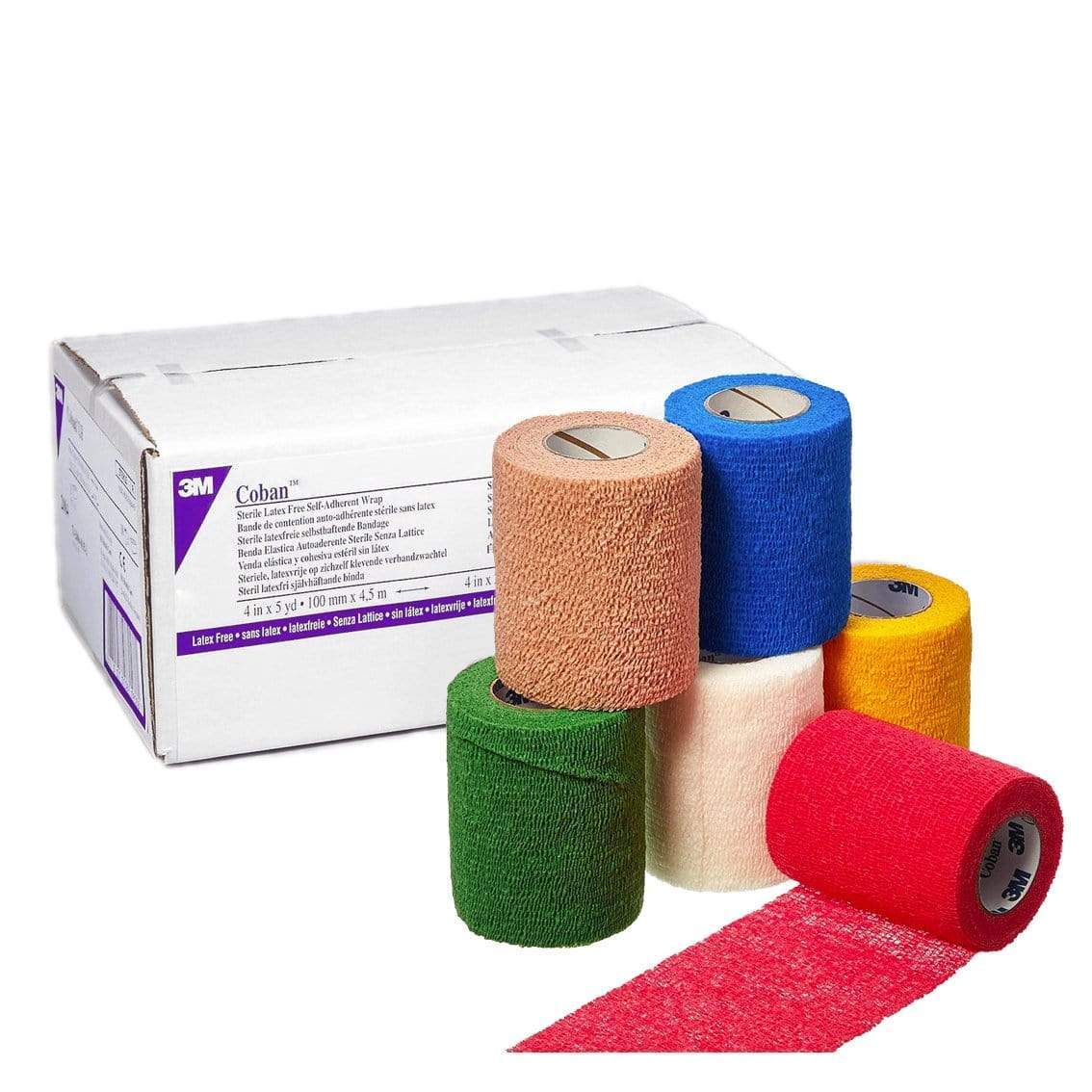In the world of medical care, injury prevention, and rehabilitation, the application of appropriate techniques and tools can significantly impact recovery outcomes. One such tool that finds versatile use across these domains is the Coban wrap. This self-adhesive, elastic bandage offers unique benefits when it comes to managing injuries and providing support during physical activities. In this article, we will explore the application techniques of Coban wrap from various perspectives, including medical professionals, athletes, physical therapists, and DIY home remedy enthusiasts.

Medical Professional Perspective: Proper Wrapping Techniques for Various Injuries
Medical professionals play a critical role in injury assessment, treatment, and recovery. When it comes to utilizing Coban wrap for injuries, they emphasize the importance of proper wrapping techniques. For sprains and strains, the R.I.C.E. (Rest, Ice, Compression, Elevation) principle is commonly employed. When applying Coban wrap, medical professionals ensure that it is wrapped snugly but not too tight, as excessive compression can impede blood circulation. They often start wrapping at the farthest point from the heart and gradually work their way up, maintaining consistent tension.
Athlete Perspective: Support and Confidence During Sports Activities
Athletes are no strangers to the physical demands of their chosen sports. Many athletes have experienced the benefits of Coban wrap firsthand. It provides essential support and stability to joints and muscles, which can enhance performance and reduce the risk of injury. Athletes appreciate the ease of application and the non-slip nature of Coban wrap, allowing them to focus on their game without worrying about readjusting their wraps during high-intensity activities.
Physical Therapist Perspective: Coban Wrap in Rehabilitation and Injury Recovery
Physical therapists are instrumental in guiding patients through the recovery process. Coban wrap plays a vital role in this context by aiding rehabilitation efforts. Physical therapists use Coban wrap to provide targeted compression, helping to reduce swelling and promote circulation in injured areas. This technique is particularly useful during the early stages of recovery, when controlling inflammation is crucial. Additionally, Coban wrap assists in stabilizing joints, which can facilitate exercises aimed at improving range of motion and strength.
DIY Home Remedy Perspective: Coban Wrap for Minor Sprains and Strains
For minor sprains and strains that don’t necessarily require professional medical attention, Coban wrap can serve as a valuable DIY remedy. Enthusiasts who choose this approach benefit from the self-adhesive nature of Coban wrap, making it easy to apply without the need for clips or pins. When using Coban wrap at home, individuals should ensure they follow the proper wrapping technique, maintaining adequate tension without causing discomfort. It’s important to remember that while Coban wrap can provide temporary relief, seeking medical advice for more severe injuries is essential.
In conclusion, the application techniques of Coban wrap span a wide spectrum of perspectives, each with its own unique advantages. From medical professionals ensuring proper wrapping for various injuries, to athletes finding support and confidence in sports activities, to physical therapists aiding rehabilitation efforts, and DIY enthusiasts using Coban wrap for minor injuries, its versatility is evident. Whether you’re a professional or a novice, understanding the correct application techniques can make a significant difference in the effectiveness of Coban wrap for managing injuries, providing support, and aiding recovery. Always keep in mind that while Coban wrap is a valuable tool, seeking professional medical guidance when needed remains paramount for ensuring optimal health outcomes.